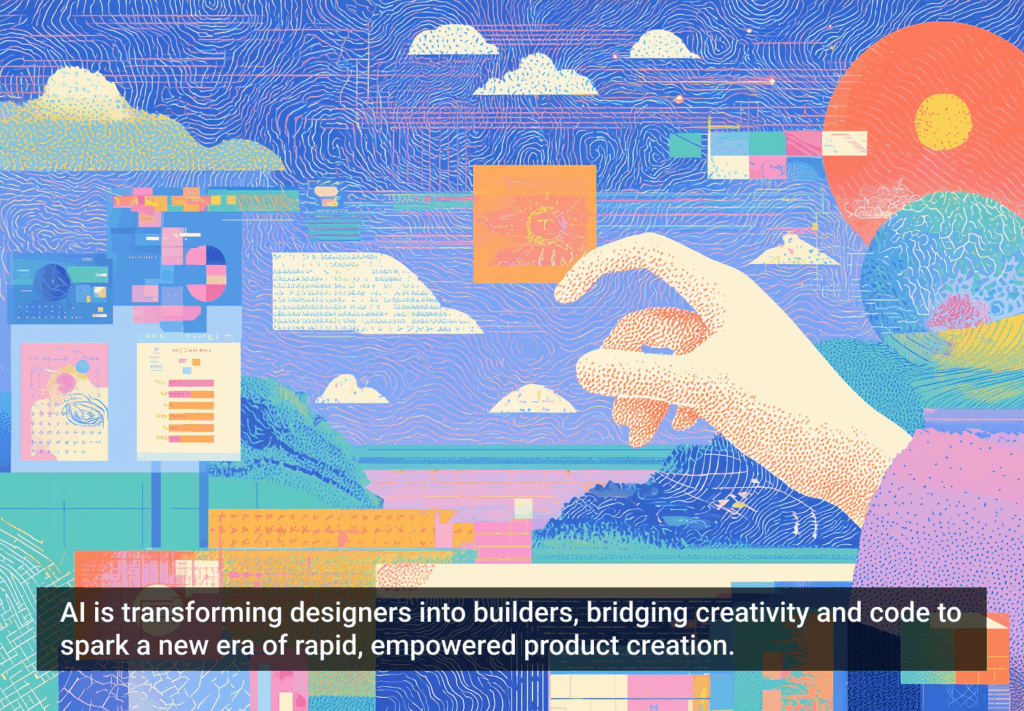This May I went to the annual Games for Health conference in Boston. It was my second time going in as many years, and once again I left feeling invigorated and awash with fresh ideas. There were discussions and demonstrations of applications designed to make public health data more comprehensible, improve the benefit of physical therapy, train first responders, help veterans manage post-traumatic stress, and crowdsource gene analysis.
These were highly innovative designs, representing entirely new ways for people to interact, learn, connect, and heal. I regard Games for Health as one of the best user experience conferences that I attend, despite the near total absence of user experience designers.
We’re Needed
Today there’s immense interest in games that can improve health, promote social change, educate, and build communities. I believe that our practitioner community has a critical set of skills to bring to the broad discussion over how games can achieve great things in the real world—precisely because the most common and significant problems of these efforts have been in their design.
On one level, design issues keep many games that are intended to serve real world purposes from being fully successful. A study published in Pediatrics earlier this year, for example, examined five commercial exercise games, and found that none actually increased physical activity among players. I believe these problems are attributable to faults in their design.
Wii Fit, for example, lets players self-select which individual exercises they feel like performing, and after each is completed it returns them to a menu to select another. This creates too much downtime between routines as the player navigates, offers opportunities to drop out of the game, and leaves too many choices in the player’s hands when many do not have a good model for how to choose. A better design would ask players only how much time they have to exercise, and then automatically build a program based on that timebox and the player’s personal history.
Our Core Skills Add Value
Design considerations like the context of use, efficiency of navigation, complexity of decision-making, and mental models are native concerns of UX designers. Additionally, simple testing, one of our core competencies, would allow issues like what I’ve described above to be discovered, but is under-practiced in game design. Our skills become especially relevant in games intended to affect the real world, and UX designers can play an important role in making these games more effective at the things they set out to achieve.
On another level, many games—especially those designed under the banner of “gamification”—don’t work because they don’t value the quality of the experience and tend to rely on superficial elements like points and leaderboards. These products often aren’t even created by game designers, who are generally content to pursue their work in the lucrative pure entertainment sector. The dearth of skilled designers working on games for real-world impact is a gap that UX practitioners can fill, because our experience is in experience. User-centered design is closely related to the player-centric thinking that’s the hallmark of all good games.
If our central concern is with the quality of interactive experience, then there’s no reason why games, which can satisfy people so richly, should be excluded. Games themselves are valuable experiences. When we sit down to play a game, we fully engage our consciousness to surmount a difficult challenge. We learn and acquire new skills at a fast pace. We apply strategic thinking, exercise creativity, and seek out the most efficient solutions to problems. We develop and deepen relationships with other people taking part in the play. We enjoy ourselves and then reflect fondly on the experience when it’s over. Our ability to deliver these experiences to people could vastly enhance the relevance of our field.
I want to be careful to say here that I’m not suggesting the UX design community is presently ready to just sit down and start making games. Instead, I’m encouraging practitioners in our community to start acquiring a new set of skills that will allow us to incorporate game design into our toolkit as a competency that we can enlist to solve real problems.
How to Get Started
One of the best ways to get introduced to the work being done in games with real-world applications is by attending the great conferences dedicated to the subject. There are several throughout the year:
- Meaningful Play: October 18-20 2012; Lansing, Michigan—A research-based perspective on serious games in general. I’ll be presenting a keynote this year, so please come and introduce yourself!
- Games for Health Europe: November 5-6 2012; Amsterdam—Demonstrations and discussions of health games and contests for “best game” awards.
- Games for Change @ GDC: March 25-29 2013; San Francisco—The game industry’s largest professional conference features a summit dedicated to games for social impact.
- Games for Health: Summer 2013; Boston—The American version of the health games conference, with an awesome giant game demo tent.
- Games + Learning + Society: Summer 2013; Madison, Wisconsin—A research-based conference dedicated to educational games.
- Games for Change: Summer 2013; New York City—A showcase of games intended to make a meaningful social impact, with “best game” awards.
So, UX designers, attend these conferences and help to shape the discussion of how games can affect the real world. You have very valuable skills and expertise to contribute, and you can make a real difference in the success of these efforts. At the same time, you’ll gain exposure to truly innovative designs within a sibling component of human-computer interaction. It’s an opportunity to broaden our design toolkit and discover entirely new ways to approach problems.
Everyone involved has everything to gain.
Domino illusion image courtesy Shutterstock







